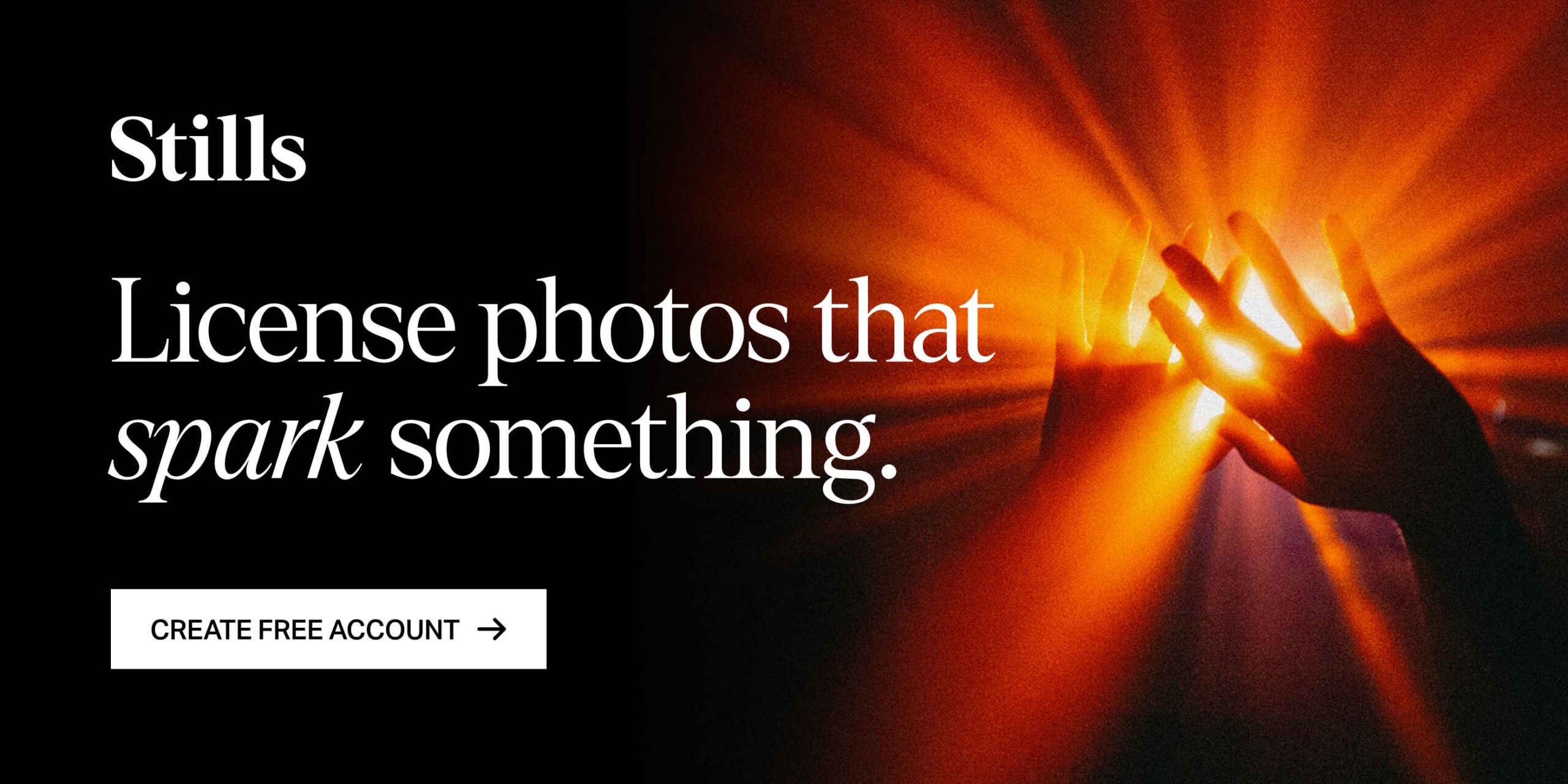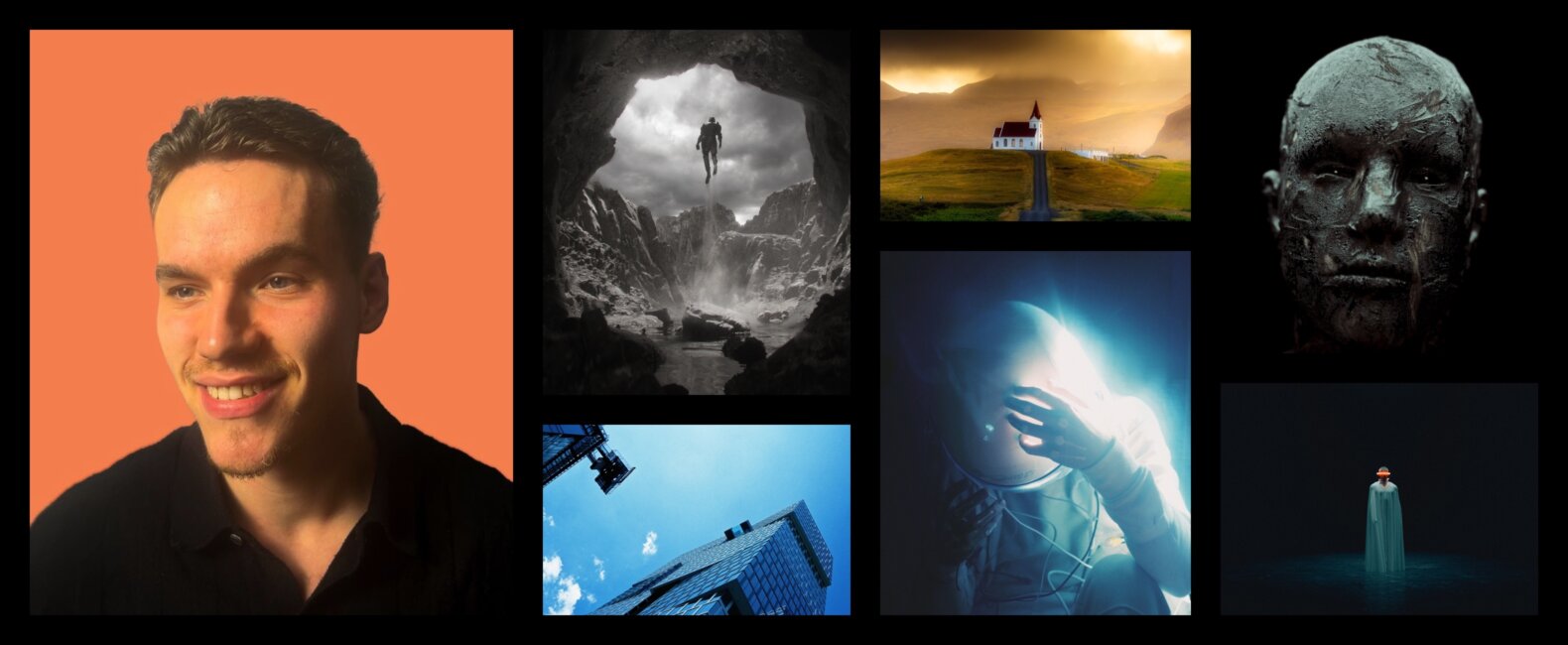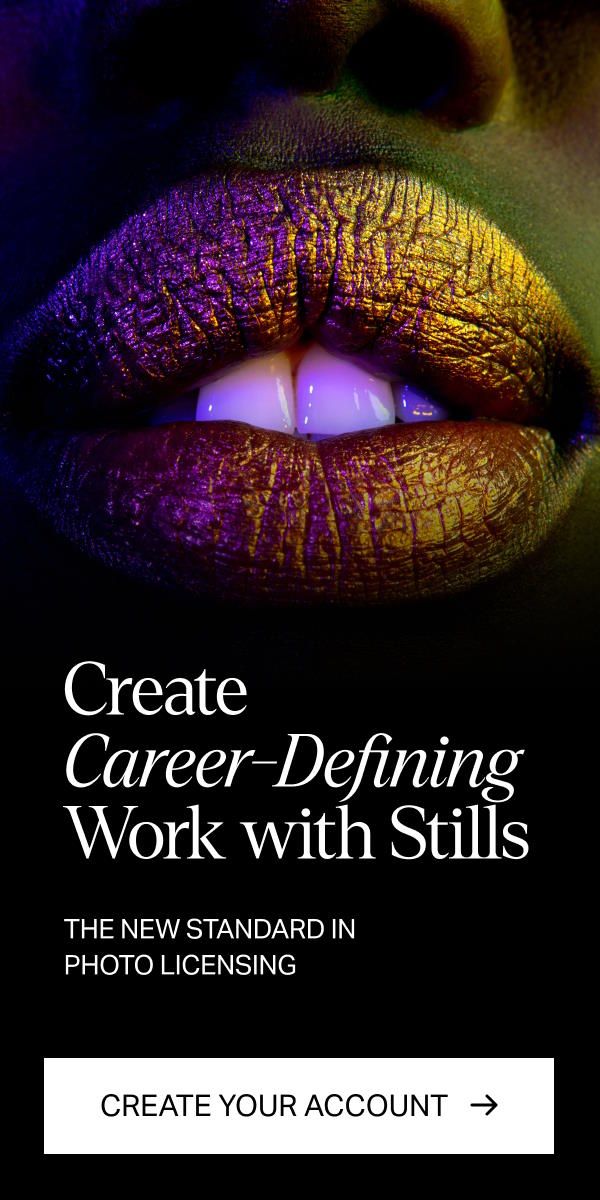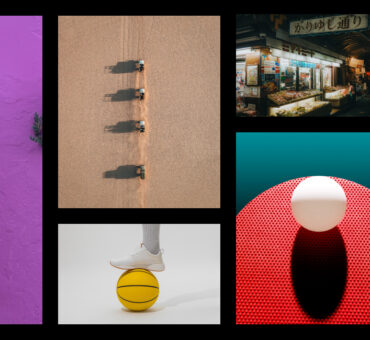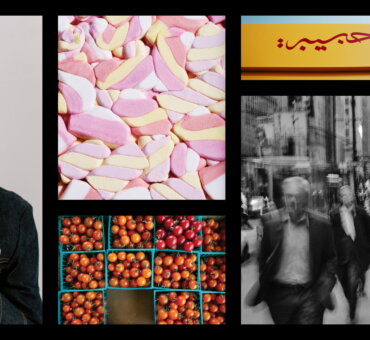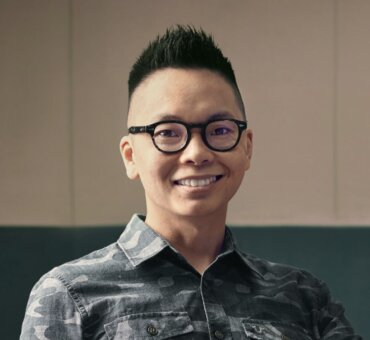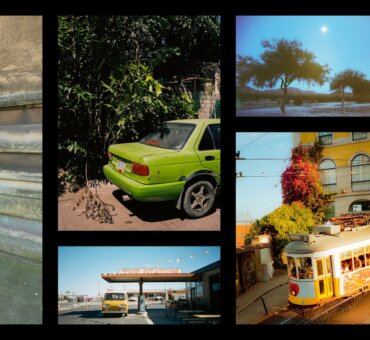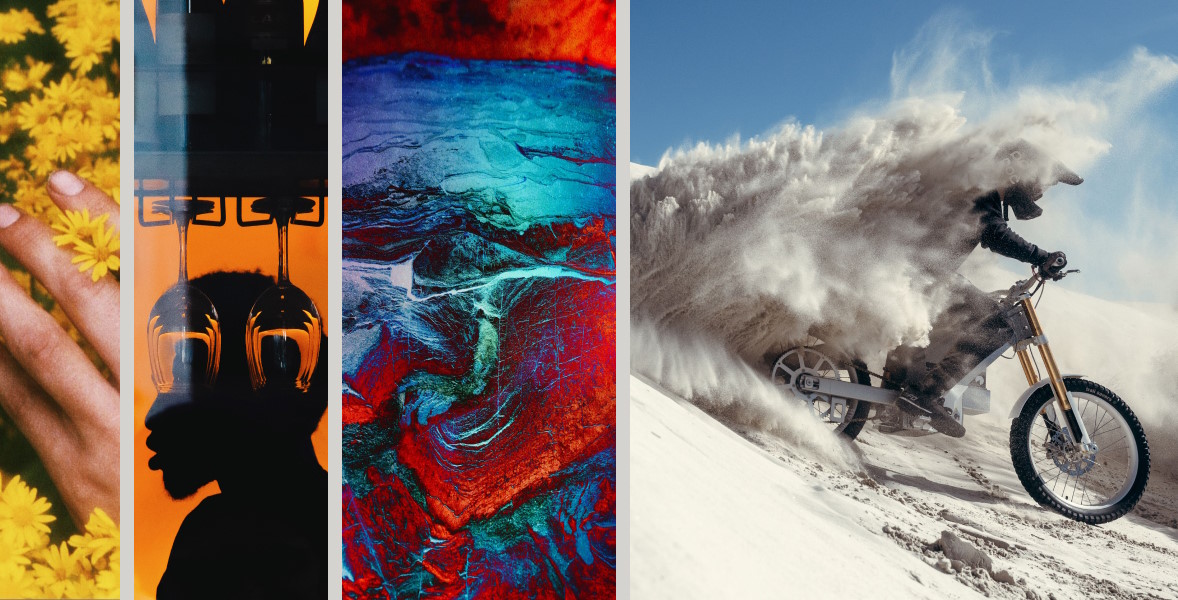Dan George Hill is a graphic designer with a keen eye for the unique and a passion for pushing creative boundaries. His design journey began in his teenage years when he honed his skills by creating art on YouTube. Today, Hill shares his knowledge and inspiration with his worldwide Instagram audience, offering valuable insights into Photoshop techniques while showcasing his stunning portfolio of bold, grunge-inspired aesthetics. (His 500 Posters in 500 Days project is a must-see.)
In this exclusive interview, Hill delves into his creative process, shares his advice for aspiring designers, and discusses his thoughts on the role of stock imagery in the design industry.
Stills: How would you describe your design process?
Dan George Hill: I see it as a healthy mix of structure and flexibility as my approaches change between personal projects and client work.
For my projects, I prefer to let the work grow more organically, which helps take some pressure off the conceptual side of the design. I lean heavily on photography, using images as the piece’s foundation and building assets around them. I’ve always favored digital methods, and I usually dive right into editing without much, if any, brainstorming. I’ve discovered that experimenting digitally can often lead to surprising outcomes if you use the available features.
For my client work, everything starts with discussions and ideation before I open any software. Ensuring that our visions align is key to success in these projects, and staying transparent throughout the process is essential. A lot of successful client work comes from being open-minded. While a strong concept makes any design easier to develop, and I always strive for it before starting, happy accidents exist, and experimentation can lead to great results; you just need to be open enough to spot them.
Your unique design style is almost like a callback to the grunge aesthetics of the ‘90s. Where do you draw inspiration?
The grunge aesthetic brings a charm that can add character to almost anything. During my school years, I studied photography, which deepened my appreciation for architecture—especially in black and white, where you can focus on the details. You start to notice textures that give buildings their unique feel. That shaped my design approach, making me obsessed with structure, with grids, scale, and texture at the center. This naturally feeds into my love for editorial design, where those principles apply. I saw a project by Matt Wiley for The New York Times Magazine called “Life Above 800 Feet,” where the pages were rotated 90º to capture the full vertical scale of the print. It was like seeing all of my visual interests blended into one project, and I still use this project as a design reference, even 8 or so years later! I love how the grunge aesthetic lets you blend grit with beauty, and it’s become an essential part of my design style.
What advice would you give someone looking to develop their unique visual style?
This is a question I get a lot from newer designers or people just beginning to explore the graphic design field. I find it interesting because needing a “style” can be counterproductive—it often discourages people from starting. Before I began my 365-poster challenge, I struggled with this concept. I wasn’t sure where I wanted to go, what to create, or even where I fit in the design field. There’s a big push toward “finding your niche,” encouraging designers to stick to one format or style. While that can be helpful once you’re more experienced, when you’re just starting, the best thing you can do is simply create, create, create.
A “design style” isn’t something you actively work towards; instead, it’s the techniques and visual qualities you naturally return to and reuse. The 365-poster challenge was pivotal in cementing my style because I designed every day, experimented with new techniques, and explored fresh ideas. As you try different approaches, you start noticing what you enjoy and what becomes integral to most of your work. To sum it up, my advice is to do something daily without pressuring yourself to produce high-quality results. Just try new things—your skills will develop faster than you’d think, and you’ll naturally discover what works for you and doesn’t.
How do you approach the initial brainstorming phase when working on a new design?
When designing for clients, I tend to take a more comprehensive approach—moodboards, images, associated visuals, discussions, etc. I try to understand the vision and work towards this end goal. I offer solutions along the way, be open to feedback, and try to keep my mind open.
In my personal work, I often take the opposite angle. I let the design lead me, making it more of a subconscious exercise. Photography plays a crucial part in my work, and many of my pieces are created around the images themselves, with very little, if any, brainstorming. I like letting the ideas lead themselves, as it can often test my design skills and adaptability.
How do you collaborate with clients?
Collaboration is crucial in any design process; honesty is always the key to making it work well. When clients come in with a fixed idea, there are times when you know it can be improved, and it’s important to be open about that and find a way to present those improvements in a way that resonates with them. It’s easy to deliver what’s asked of you, but fulfillment comes from knowing you’ve created the best possible outcome. I strive further toward this idea with each project.
Are there any design tools you’d recommend for a new designer?
Instagram is a great start. Pinterest as well. Gather heaps of creative inspiration and ideas, and start to play around with your ideas. Google Fonts/Adobe Fonts are great for new typefaces.
How do you break out of a creative rut?
A key for me is taking the time to recharge. Working as a freelancer, it’s very easy to get caught up in your work at all times, and it can be a struggle to disconnect, especially in the later hours, for some annoying reason. I’ve played video games since I was younger, and they’re my go-to to help me forget about work for a while. Taking some time to go outside always helps, and if it’s a bigger creative rut, I’ll take some time to look through some of my older work. It seems to spark some motivation to see how much your eye for design can change over periods.
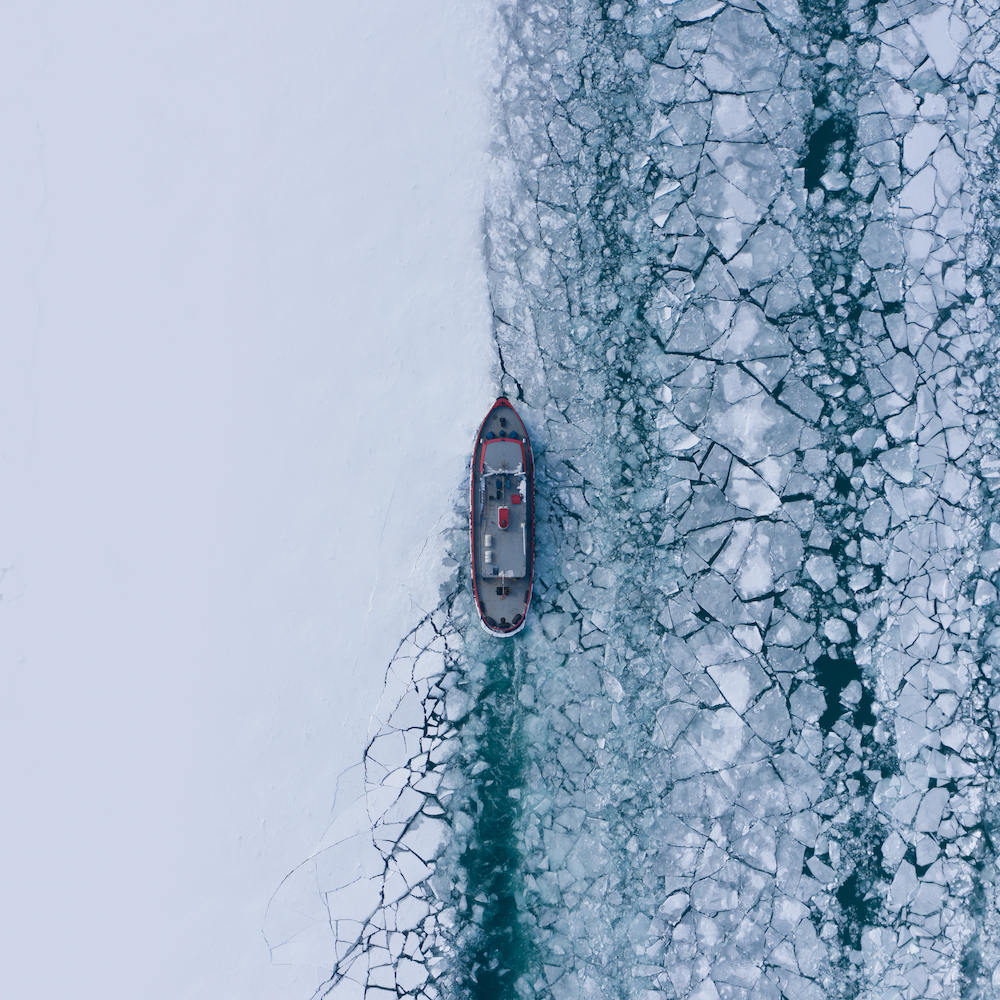
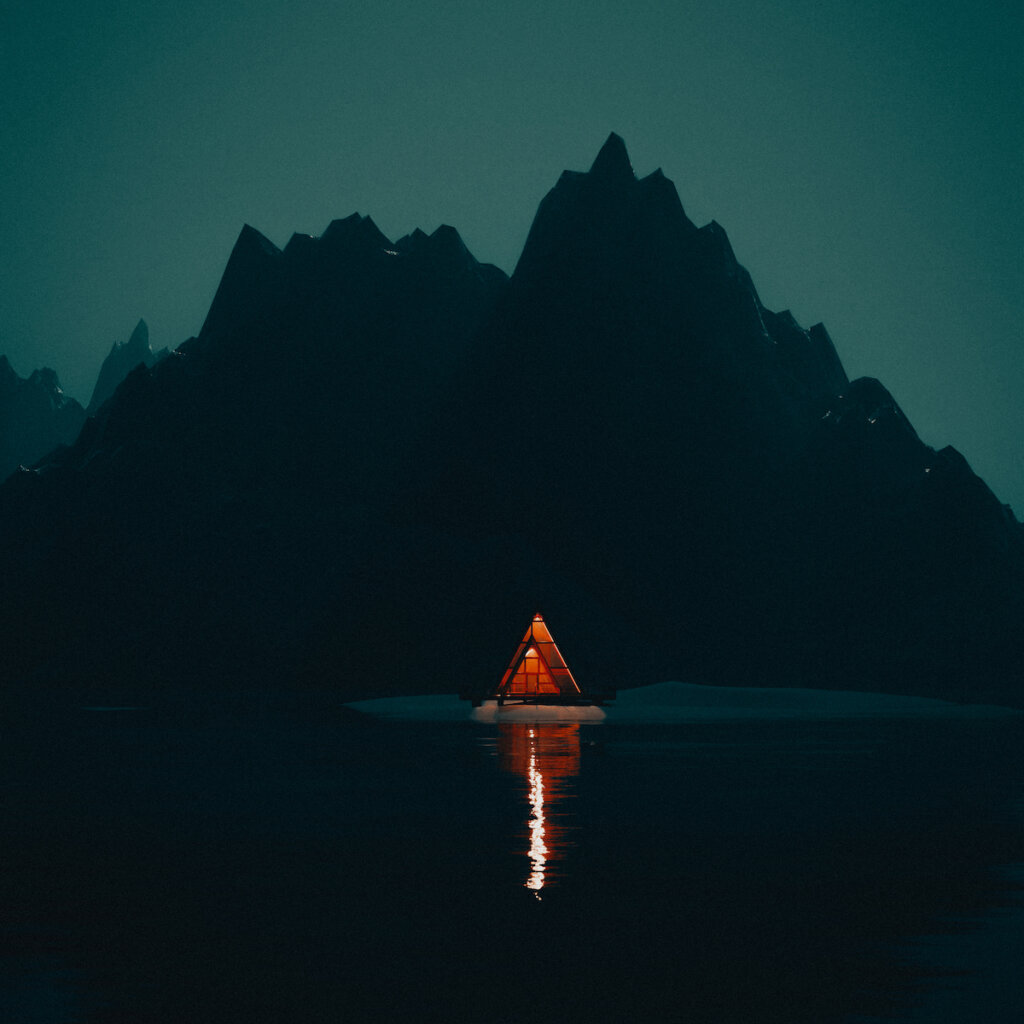
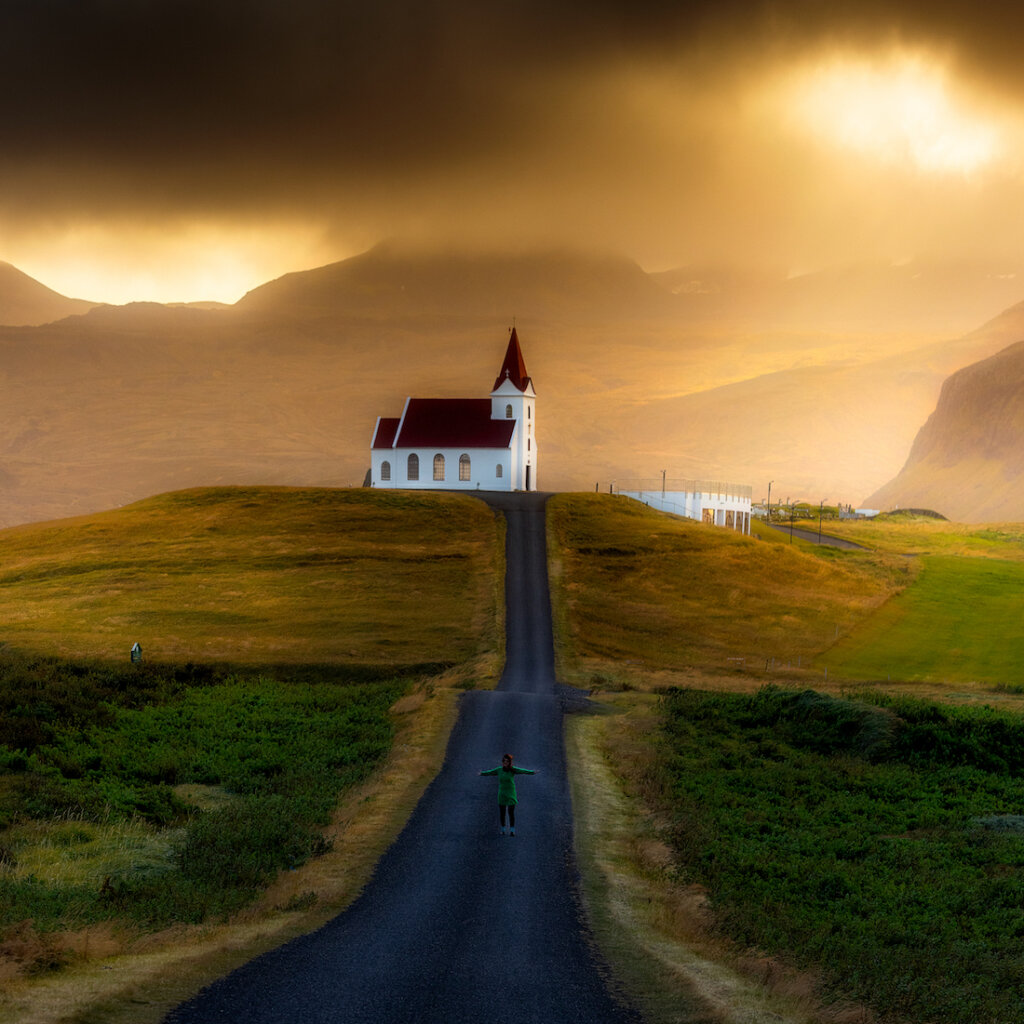
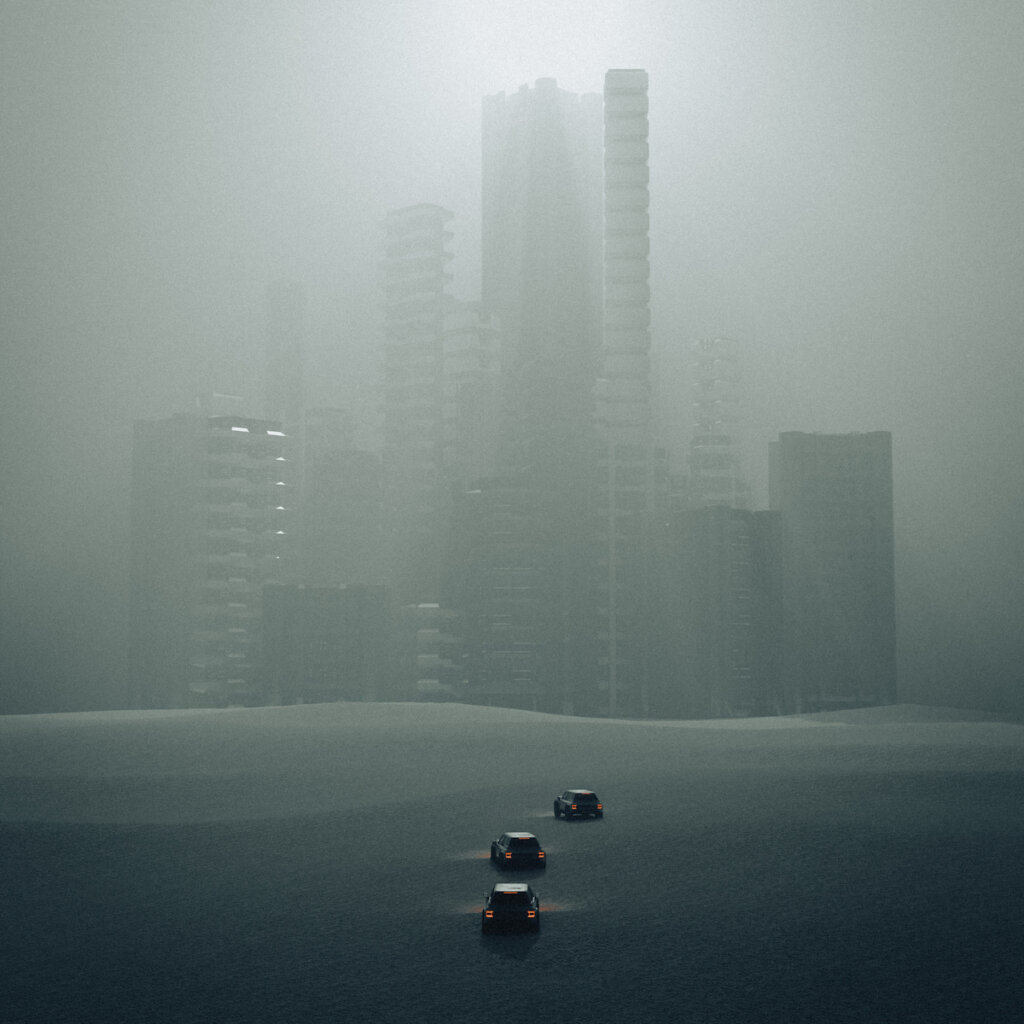
What do you like about Stills? How is it a good resource for designers?
Stock imagery is always a struggle in the design space, as visuals need to be specific to cater to what you need–there are endless options, but you never seem to hit the right ones. Stills targets this issue. There is such an emphasis on luxury imagery and a huge range of filtering options to find your ideal visuals. The search categories are incredibly helpful, as they take the pressure away from searching for the perfect ‘prompt,’ opening you up to a broader range of options.
